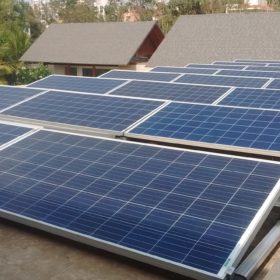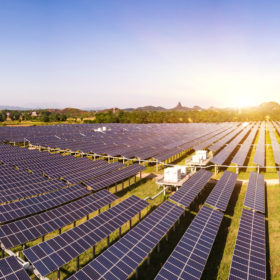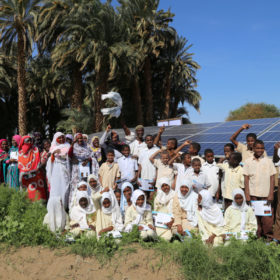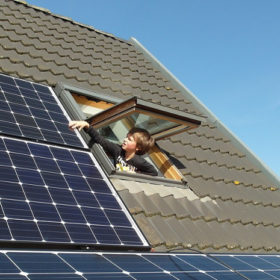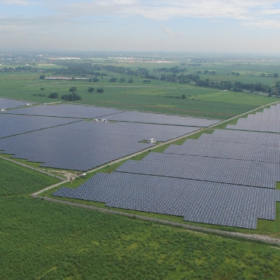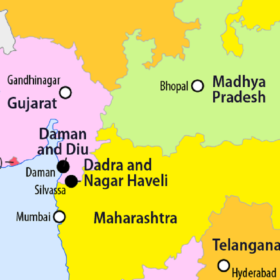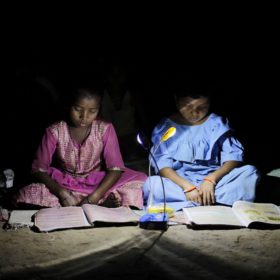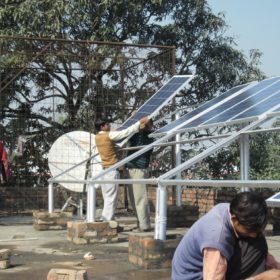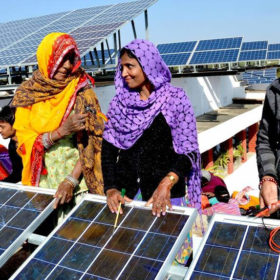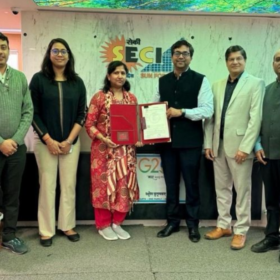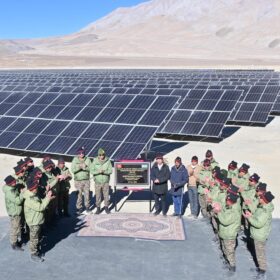Andhra Pradesh: NREDCAP tenders 35 MW rooftop solar
New and Renewable Energy Development Corporation of Andhra Pradesh Ltd has issued a rooftop solar installations tender for 15 MW on government buildings, and 20 MW for residential, commercial and industrial sectors. The single project size should be in the range of 1 kW to 500 kW.
Solar to top 104 GW of new installations this year, finds GTM Research
Latest Global Solar Demand Monitor from GTM Research forecasts 6% annual increase in PV installation growth although current largest markets will register 7% contraction while geographic diversification poised to grow.
United Nations backs solar powered irrigation
A new report published by the United Nations Food and Agriculture Organization outlines the benefits of solar powered irrigation systems to both large and small scale farming operations in developing countries. The report also stresses the need for comprehensive management and regulation of such systems, to avoid unsustainable water use.
Global investments in small-scale solar rise 16% in Q1, one of few sectors to buck downward trend, finds BNEF
New quarterly figures from Bloomberg New Energy Finance (BNEF) show that investments in solar PV arrays of less than 1 MW hit US$14.3 billion worldwide in Q1 against 10% year-on-year contraction in global renewable investments.
2018: India second largest solar market on back of 113 GW global installations
With 11 GW, India is set to become the second largest solar PV market in 2018, usurping the U.S., as global demand reaches 113 GW, says IHS Markit. It adds that Q4 will be the biggest quarter in history for installations, with 34 GW expected.
Fossil fuel global grip being loosened by holy trinity of affordable PV, wind and storage, finds BNEF
‘Unprecedented challenge’ for fossil fuels as low LCOE for solar and wind power, allied to tumbling storage costs, sees renewables claim a larger share of bulk and dispatchable generation while adding vital flexibility to the global energy mix.
Diu India’s first union territory to run 100% on solar
The Union Territory of Diu, located in the western part of India is reportedly generating up to 13 MW of solar every day, which is more than its daily electricity demand.
MNRE distributed one million solar study lamps
The scheme was sanctioned in 2014 for empowering underserved communities of the states of Rajasthan, Madhya Pradesh, and Maharashtra.
GCF grants $100 million to NABARD for rooftop solar in India
Green Climate Fund (GCF) has approved the National Bank for Agriculture and Rural Development (NABARD)’s proposal of Line of credit for solar rooftop segment for commercial, industrial and residential housing sectors in India. This is the first ever project in India approved by GCF.
Philips, Orb Energy lighten Barefoot College in Rajasthan
New 116 kW solar off-grid system will power the old Tilonia campus of the Barefoot College – working in various fields, including women empowerment, for the advance of rural communities through solar power.
